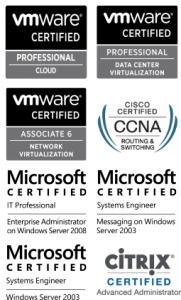Taken from http://technet.microsoft.com/en-us/library/cc736842(v=ws.10).aspx
To remove protection that prevents an OU from accidental deletion:
- Log on to the computer as a member of the Domain Admins group.
- Open Active Directory Users and Computers.
- Click View, and then click Advanced Features.
- First, clear permissions on the OU for which you want to remove protection. To do this, right-click the OU, and then click Properties.
- In OU Properties, click the Security tab, and then click Advanced.
- In Permission Entries, select the Deny entry for the Everyone group, and then click Remove.
- Click OK to close the Advanced Security Settings, and then click OK to close OU Properties.
- Second, clear permissions on the parent container of the OU for which you want to remove protection. To do this, right-click the parent container, and then click Properties.
- In ContainerProperties, click the Security tab.
- In Group or user names, select the Everyone group, and then clear the Deny check box for Delete All Child Objects, and then click OK to close Container Properties.
EDIT
A much easier way is to make sure View > Advanced Features is ticked in Active Directory Users and Computers, then right-click > Properties on the object of choice, navigate to the Object Tab, then untick Protect object from accidental deletion:
